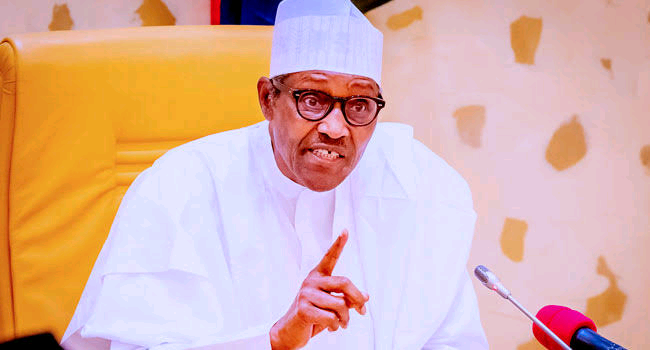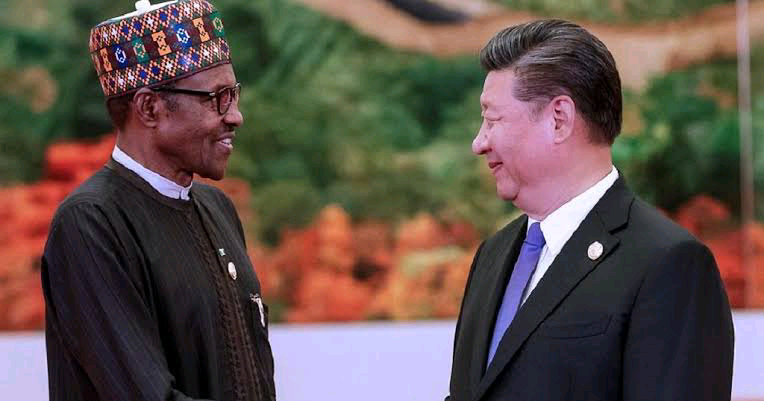World bank have announced that Nigeria have borrowed a whopping amount of $3.121 billion, approximately (N1,236 trillion), from China as at March 2020.
As of the shocking era of 2021 the amount represents only 3.94 percent of Nigeria’s total public debt of $79.21 billion.

You may also like: A 15-man medical team from China has arrived at the Nnamdi Azikiwe International Airport, Abuja
Several sources have confirmed that the interest rates of the loans borrowed from China is estimated at 2.1 ratio each meaning that Nigeria will pay double in return.
The current economic status of Nigeria is likely not capable to pay back with such interest rate.
“These terms are compliant with the provisions of Section 41 (1a) of the Fiscal Responsibility Act, 2007. In addition, the low-interest rate reduces the interest cost to the government while the long tenor enables the repayment of the principal sum of the loans over many years. These two benefits, make the provisions for debt service in the annual budget lower than they would otherwise have been if the loans were on commercial terms”
“The $3.121 billion loans, the document, explained, are project-tied loans. The projects, (eleven – 11 in number as at March 31, 2020), include the Nigerian Railway Modernisation Project (Idu-Kaduna section), Abuja Light Rail Project, Nigerian Four Airport Terminals Expansion Project (Abuja, Kano, Lagos and Port Harcourt), Nigerian Railway Modernisation Project (Lagos-Ibadan section) and Rehabilitation and Upgrading of Abuja – Keffi- Makurdi Road Project.”
”The impact of these loans is not only evident but visible. For instance, the Idu – Kaduna Rail Line has become a major source of transportation between Abuja and Kaduna. Also, the new International Airport in Abuja has improved air transportation for the populace, while the Lagos – Ibadan Rail line when completed, will ease traffic on the busy Lagos-Ibadan Expressway.”
“The projects also have the added benefits of job creation, not only by themselves but through direct and indirect service providerseveral of which are Small and Medium Enterprises.” World bank document reads.




